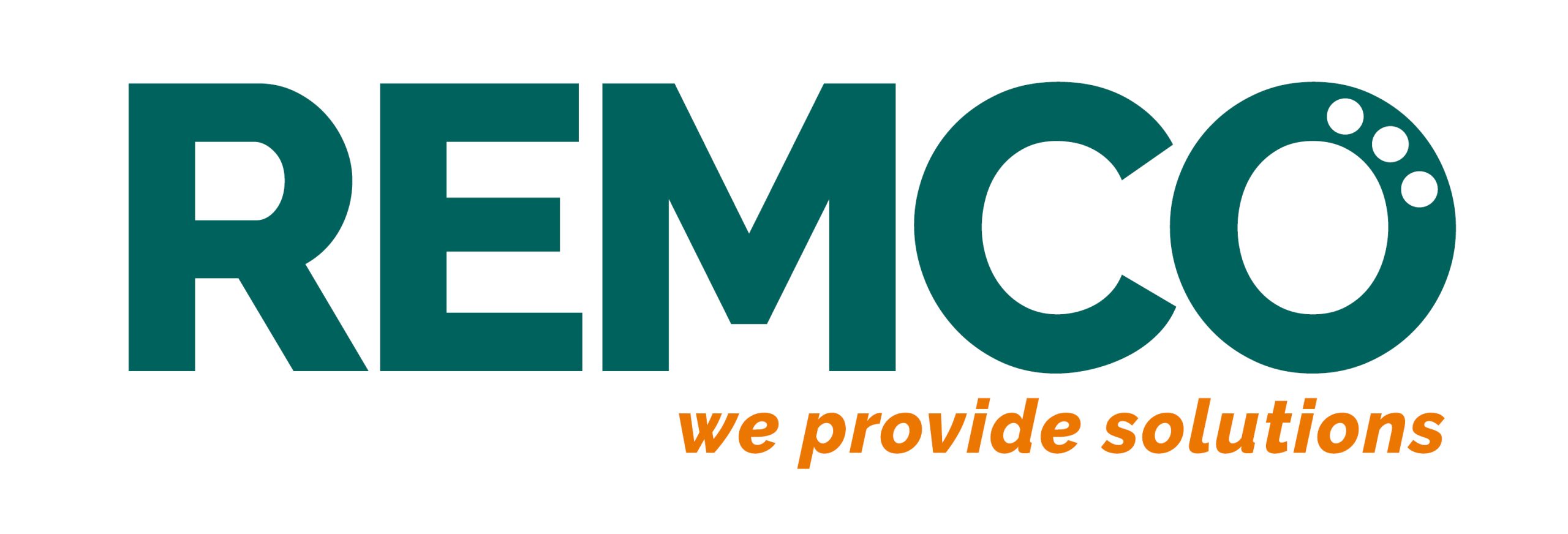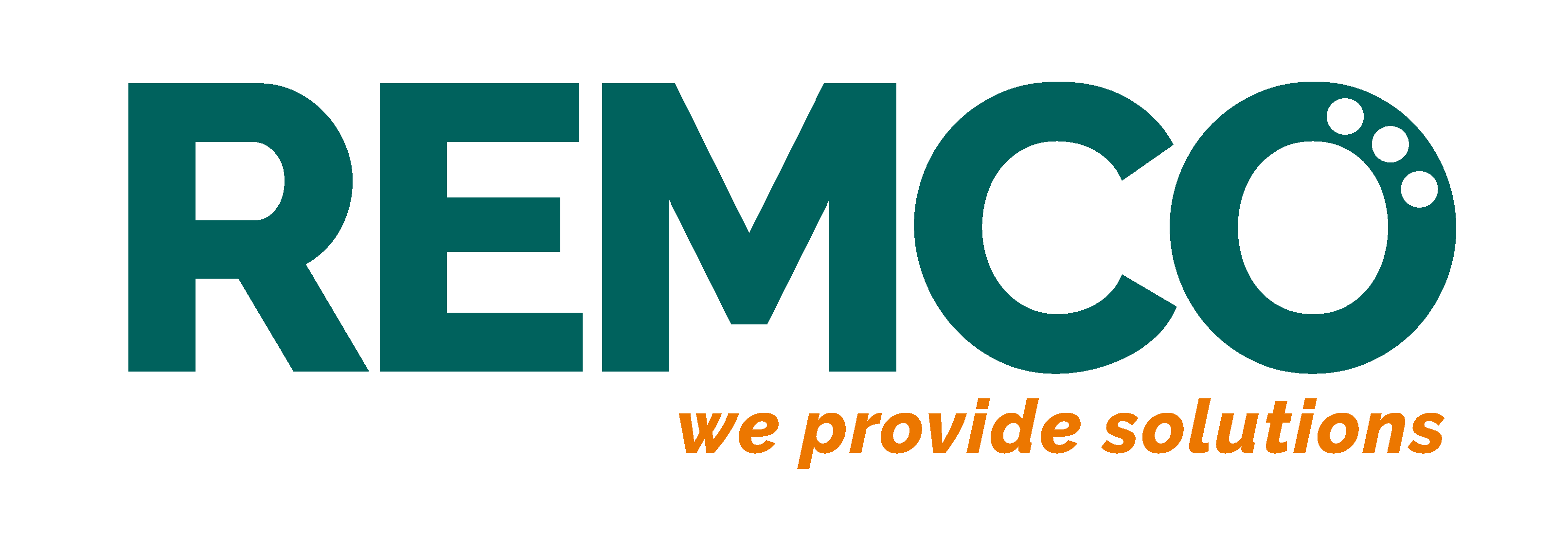Ice training agreement fees: Everything you need to know
Ice training agreement fees are a significant expense for many ice skating enthusiasts and professional figure skaters. These fees can vary depending on the level of training and the location of the rink. In this article, we will discuss everything you need to know about ice training agreement fees.
What are ice training agreement fees?
Ice training agreement fees are fees that skaters have to pay to access the ice for training purposes. This fee covers the cost of maintaining the ice and providing a safe and suitable environment for the skaters to train.
The cost of ice training agreement fees can vary depending on the location of the rink and the level of training. For example, the fees for a beginner skater may be less expensive than those for a professional figure skater.
It is essential to note that ice training agreement fees are usually separate from other skating expenses, such as coaching fees, competition fees, and equipment costs.
Why are ice training agreement fees necessary?
Ice training agreement fees are necessary to cover the cost of maintaining the ice and providing a safe and suitable environment for the skaters to train. These fees help the rink cover the cost of electricity, water, and other utilities needed to keep the ice frozen.
Additionally, ice rinks need to maintain the ice to ensure that it is safe for skaters to use. They need to resurface the ice regularly to remove any bumps and cracks that can be dangerous to skaters. The fees also help the rink cover the cost of keeping the facility clean and maintaining the equipment.
How are ice training agreement fees calculated?
The cost of ice training agreement fees can vary depending on the location of the rink and the level of training. Typically, rinks will charge a flat fee for each hour of ice time.
For example, a beginner skater may only need a few hours of ice time each week, which may cost between $10 to $20 per hour. A professional figure skater may require several hours of ice time each day, which can add up to several hundred dollars per week.
Additionally, some rinks may offer discounts on ice training agreement fees if skaters purchase a package deal. For example, a skater may be able to purchase a block of ice time at a discounted rate if they commit to a certain number of hours each week or month.
Tips for managing ice training agreement fees
To manage your ice training agreement fees, it is essential to create a budget and stick to it. You should also plan your training schedule in advance to ensure that you are making the most of your time on the ice.
Additionally, it is essential to communicate with your coach about your training goals and budget. They can help you create a training plan that fits your needs while staying within your budget.
Conclusion
Ice training agreement fees are a significant expense for many ice skating enthusiasts and professional figure skaters. These fees help to cover the cost of maintaining the ice and providing a safe and suitable environment for skaters to train. To manage your ice training agreement fees, it is essential to create a budget, plan your training schedule in advance, and communicate with your coach about your goals and budget.


